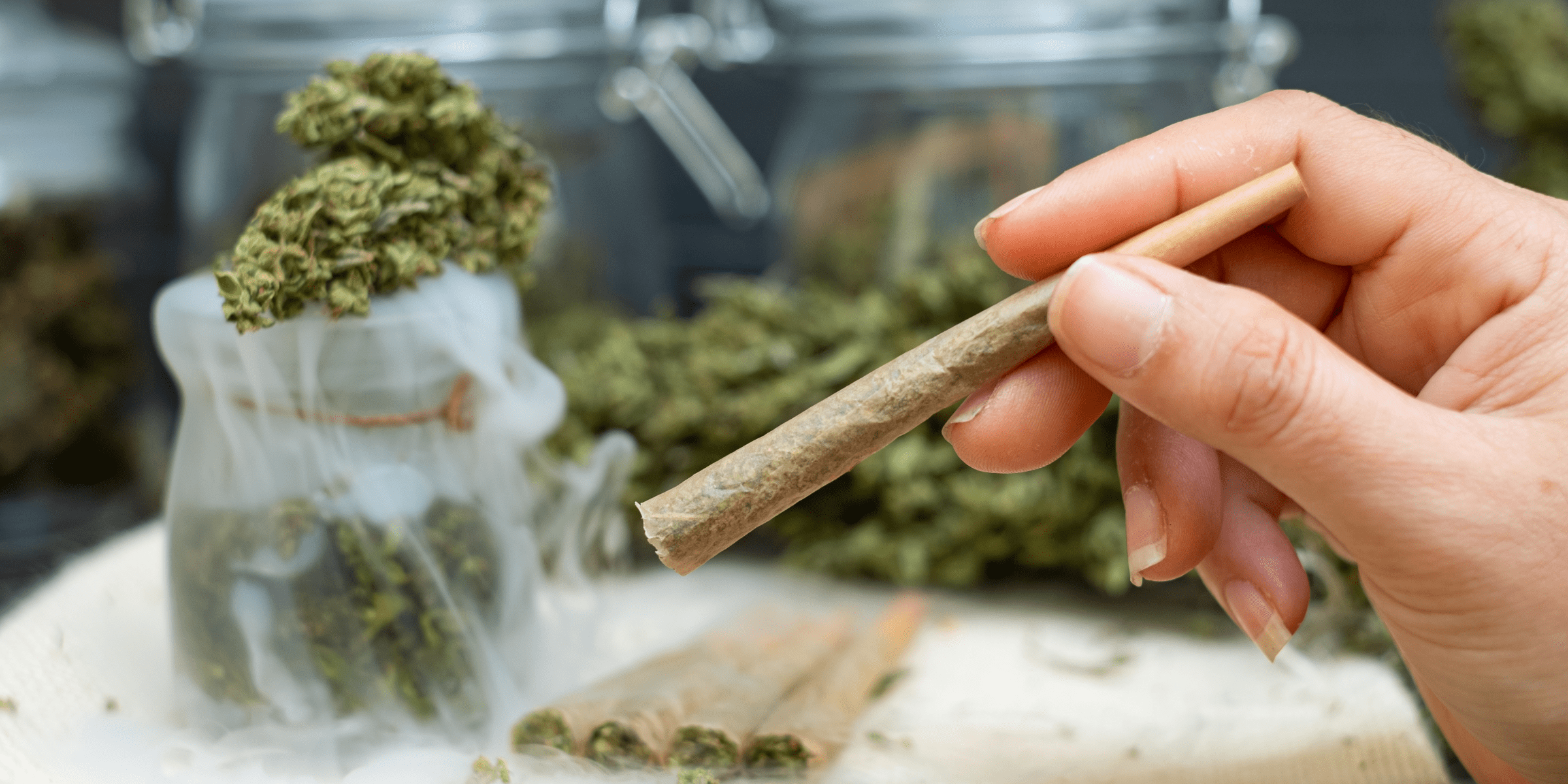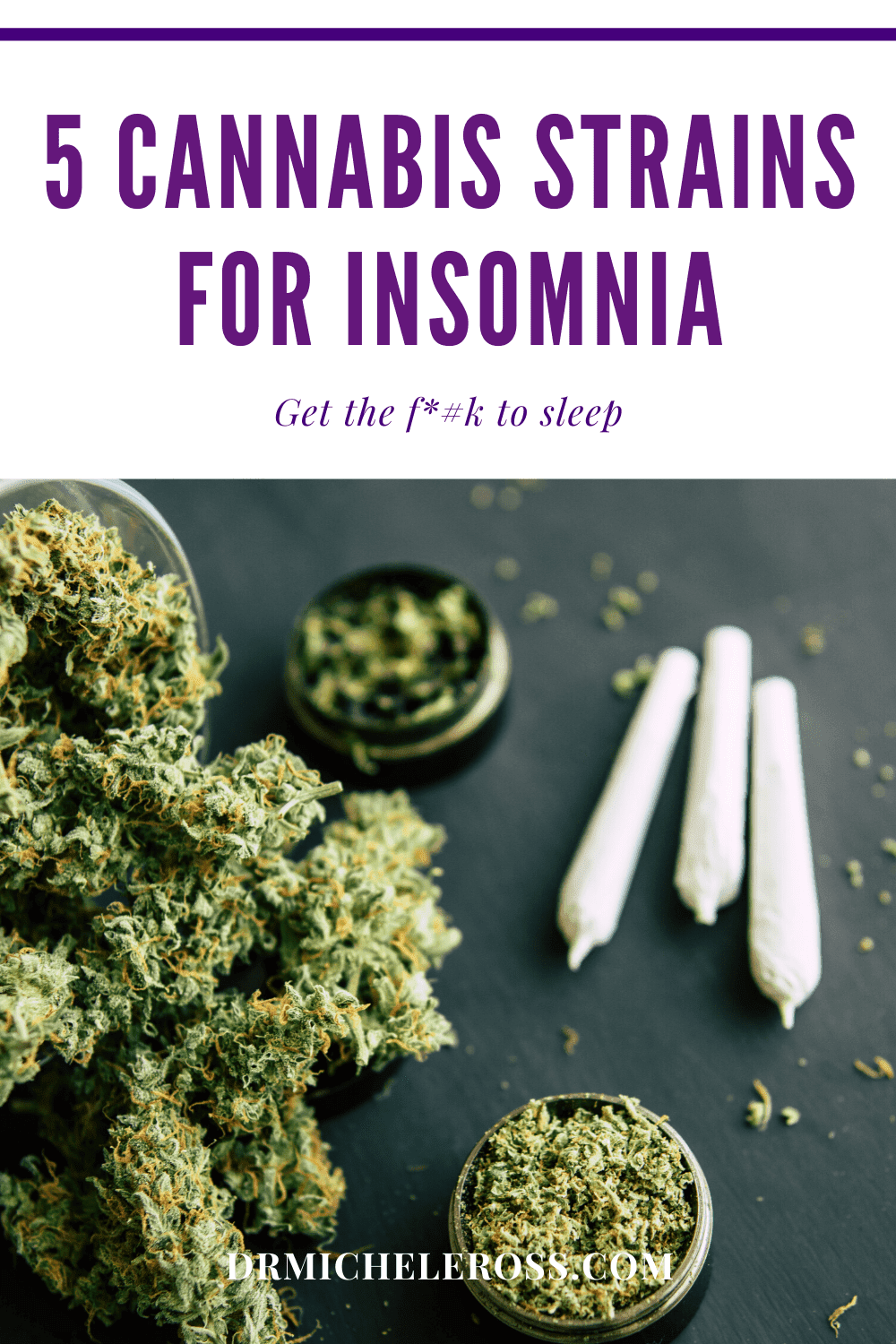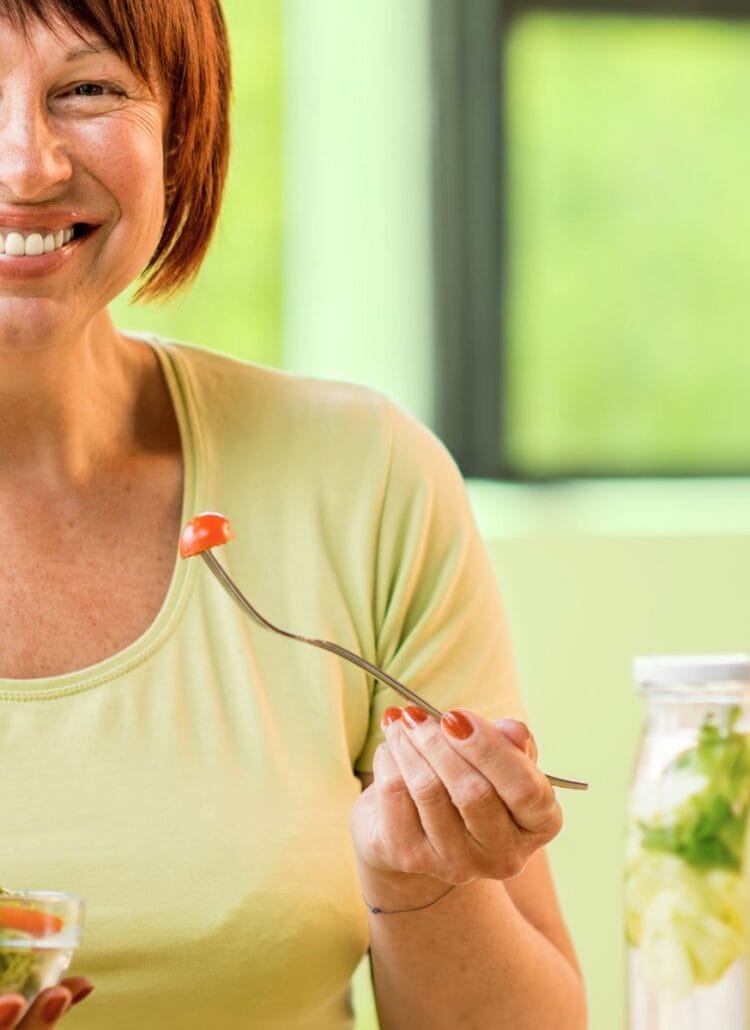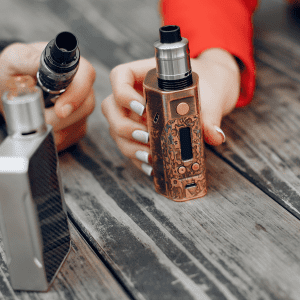
Sleep is the best way to renew our body after a long day. Studies say that one in four Americans find it tough to get sleep. The day next to sleepless nights can be heavy and frustrating. Fatigue, inability to focus, unexplained irritation, and tired and redness in eyes are the common side effects of insomnia.
Who has insomnia?
When a person experiences difficulty in falling asleep, the medical condition is called insomnia. Several factors such as stress, menopause, lack of exercise, and adequate sun exposure, heavy intake of caffeine, alcohol, and nicotine, chronic pain, and heart diseases can contribute to insomnia.
Insomnia was more prevalent in elders; however, these days, the problem appears more worryingly in younger people too. Women are also developing insomnia due to hormonal imbalances, menopause, and stress.
People with continued lack of sleep or suffering for long term insomnia can express a negative attitude towards life displaying disinterest in day-to-day activities. They often turn irritable, look depressed, and appear drowsy during day time. Insomnia patients also find it challenging to learn a new skill or focus for long, and their motor skills are also affected.
Types of insomnia
The symptoms and side effects of insomnia can differ with the patient and depends on the type of insomniac condition they are facing.
Sleep-onset insomnia: The condition where a person is unable to fall asleep due to stress and its related anxiety.
Maintenance insomnia: Persons suffering from this can sleep, but once their sleep is disturbed, they find it tough to get back to sleep.
Acute insomnia: This is the condition exhibited by persons who faced an impacting incident in their life in the recent past.
Chronic insomnia: If a person suffers sleeplessness for over three months for three days every week, such a condition is called chronic insomnia.
Comorbid insomnia: This is related to any other mental condition such as depression and anxiety.

How to beat insomnia naturally
Our body welcomes sleep when it is provided with:
- Adequate exposure to natural sunlight
- Healthy and balanced diet
- Regular patterns for sleeping and waking up
- Doing exercise or yoga for 30 minutes a day
- Distraction-free, clean, ventilated and dark bedroom
- Making use of natural remedies, such as lavender, cannabis, etc
How to use cannabis for sleep
Cannabis may help to beat insomnia, provided its strains are taken in prescribed quantity, and at the right time. Choosing the correct variant of strain is crucial. Most users take weed 60-90 minutes before sleep. Giving time between consuming strain and going to bed gives our mind time to adjust and overcome the psychoactive sensations of THC.
Hitting the bed right after the consumption of weed would not help much as the brain will be in its most active stage. However, THC may not be suitable for all insomniac patients. People suffering from anxiety should avoid THC dominant strains, and instead opt for strains that are primarily CBD strains or contain equal amounts (1:1 ratio) of CBD and THC.
Indica cannabis strains sedates the body heavily and can drive it into deep slumber state and interfere with motor-related activities.
How cannabis improves insomnia
Cannabis may help as a sleep aid. When a person consumes cannabis, it starts influencing the third stage of sleep – the deep sleep stage that is responsible for the rejuvenated feeling the next day. The THC present in cannabis works on the Rapid Eye Movement (REM) stage of our sleep – which is responsible for dream patterns. Users of cannabis experience less frequent dreams or no dreams at all.
Amongst the various types of cannabis, heavy indica flowers exhibit the highest sedative qualities and are best for sleep. Cannabis concentrates like wax or resin that are dabbed can also be used for insomnia if made from indica flowers.
Here are our top 5 cannabis strains for insomnia:
G-13
This strain is known for its secrecy in its origin. Popularly it is said that, around the 1960s, agencies such as CIA and FBI collected the best cannabis from sources all over the world and created hybrid varieties through some top-secret research facilities.
This variety of cannabis contains Indica and Sativa strains in 7:3 compositions and THC between 20-27 percent.
This stuff is heavy, makes users lethargic, and should be taken only right before hitting the bed. The flavor is woody pine with an earthy undertone. It is not sweet, and people who prefer black tea without any additives can make themselves easy with the flavor of G-13.
Purple Kush
One of the most popular variants of weed, Purple Kush, is known for its high composition of THC. It is known for imparting immediate effect without much time-lapse. It contains as much as 27, which means instant relaxation and escapes from depression. Purple Kush is an effective pain reliever too.
Its flavor is fruity like grapes or akin to children’s syrup Dimetapp*; its hashy undertone can give you a slight cough.
God’s Gift
As its name says, this strain is known for its impact on the user’s mind in giving peacefulness. Its THC levels are in the range of 18-25 percent; it contains 90 percent Indica hybrid. God’s gift is notorious for causing food cravings. Users should stay away from high sugary diets to get the best of God’s gift from various cannabis online retailers.
Unlike its counterparts, this strain can be a fest to taste buds. God’s gift contains sweet and tangy flavors of berry, grape, citrus, and hash flavors.
Blue Cheese
A combination of an Indica strain and THC in the ratio 8:2, this variant of cannabis is known for its imparting deep and peaceful sleep. Newbies to cannabis can start with Blue cheese as it does not have any side effects such as paranoia.
As its name says, this strain has a flavor of Blueberry and Cheese, and is that not sounding something like lip-smacking?
9-pound Hammer
Want to crush insomnia? Well, this one is just for you.
The THC composition in the 9-pound hammer is around 23 percent; the presence of Indica is approximately 80 percent. This variant is piney and woodier, yes – it is also slightly sweet and earthy.
Users of 9-pound hammer say that this one can make muscles go slack and beat sleeplessness at its best. Before making a final decision regarding buying your first strain, make sure to check out the top sativa strains of 2020.
Talk to a cannabis coach
Users who wish to use cannabis strains to beat insomnia should pick the right one and use it as per guidance and recommendations of a qualified cannabis coach or marijuana doctor to get the full benefits and enjoy a healthy sleep. Keeping a cannabis journal can also help you track which strains help you go to sleep, and which strains just make you relax but don’t actually knock you out.
Pin This Post

Share This Post





